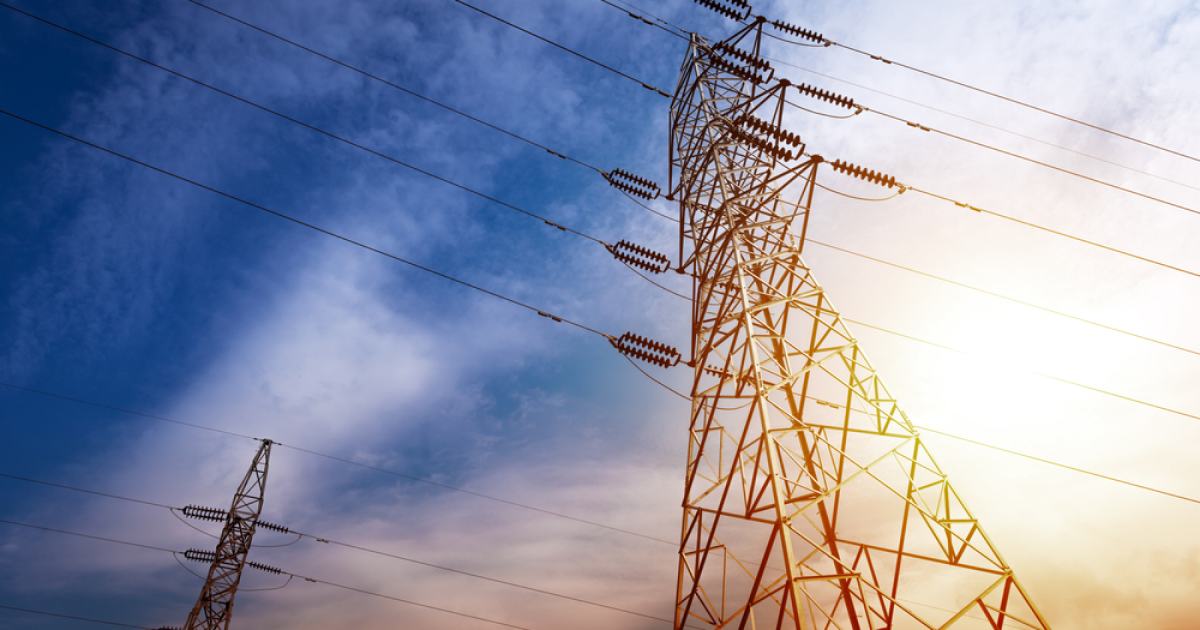
News Global Market electricity prices 1049 09 August 2023
The exception was Italy, where the share of more expensive sources in the generation mix increased last month
In the EU, average monthly wholesale prices per day on most European electricity markets in July significantly decreased compared to June. The only exception was the Italian market, where growth was recorded due to a greater share of more expensive sources in the generation mix. According to Ember, the prices were like that:
- Italy – €112.07/MWh (+6.3% m/m);
- France – €77.6/MWh (-15%);
- Germany – €77.5/MWh (-18.3%);
- Spain – €90.4/MWh (-2.8%);
- Belgium – €75.3/MWh (-19%).
In the UK, according to Nordpool, the monthly average day-ahead spot price in July was €82.07/MWh.

Electricity prices in July, GMK Center
According to AleaSoft Energy Forecasting, the UK market’s July electricity price was the lowest since April 2021, while Germany and Belgium recorded their lowest averages since June 2021.
The decrease in electricity prices in Europe in July 2023 was facilitated by a drop in the average price of gas compared to the previous month and a general increase in the production of wind and solar energy in most countries. At the same time, the demand for electricity in this period in some markets increased compared to June (in particular, +14% – in Italy, +11% – in Spain). This was due to a general increase in average temperatures. Significant growth in solar power production in southern Europe helped prevent electricity shortages during the June-July heatwaves.
The EU continues to work on reforming the energy sector. In July, the Committee on Industry, Research and Energy of the European Parliament (ITRE) approved improved structure of the electricity market. In particular, MEPs supported the wider use of so-called contracts for difference (CFD) to encourage investments in energy, and also adjusted the criteria for declaring a crisis in electricity prices. Within the framework of the reform, considerable attention is paid to the long-term deployment of the renewable energy sector and enhanced protection of vulnerable consumers. At the same time, the European Steel Association (EUROFER) performed with the statement that the provided measures are not enough to avoid further price jumps.
As for the indicator of gas storage capacity of EU countries, according to the platform AGSI, as of August 1, 2023, it was more than 86% in the EU as a whole. Gas reserves in Europe for this period are at a record high level after last mild winter. European traders, despite the risks of war, have currently managed to store large volumes of gas in Ukrainian storage facilities. According to Gas Infrastructure Europe (GIE), while Germany’s gas reservoirs, which are the largest in the EU, were 89.6% full as of August 6, Ukrainian gas reservoirs were only 26.6% full.
As GMK Center reported earlier, in June 2023, electricity prices in Europe have grown significantly – the reason was fluctuations in the production of renewable energy and gas prices.



